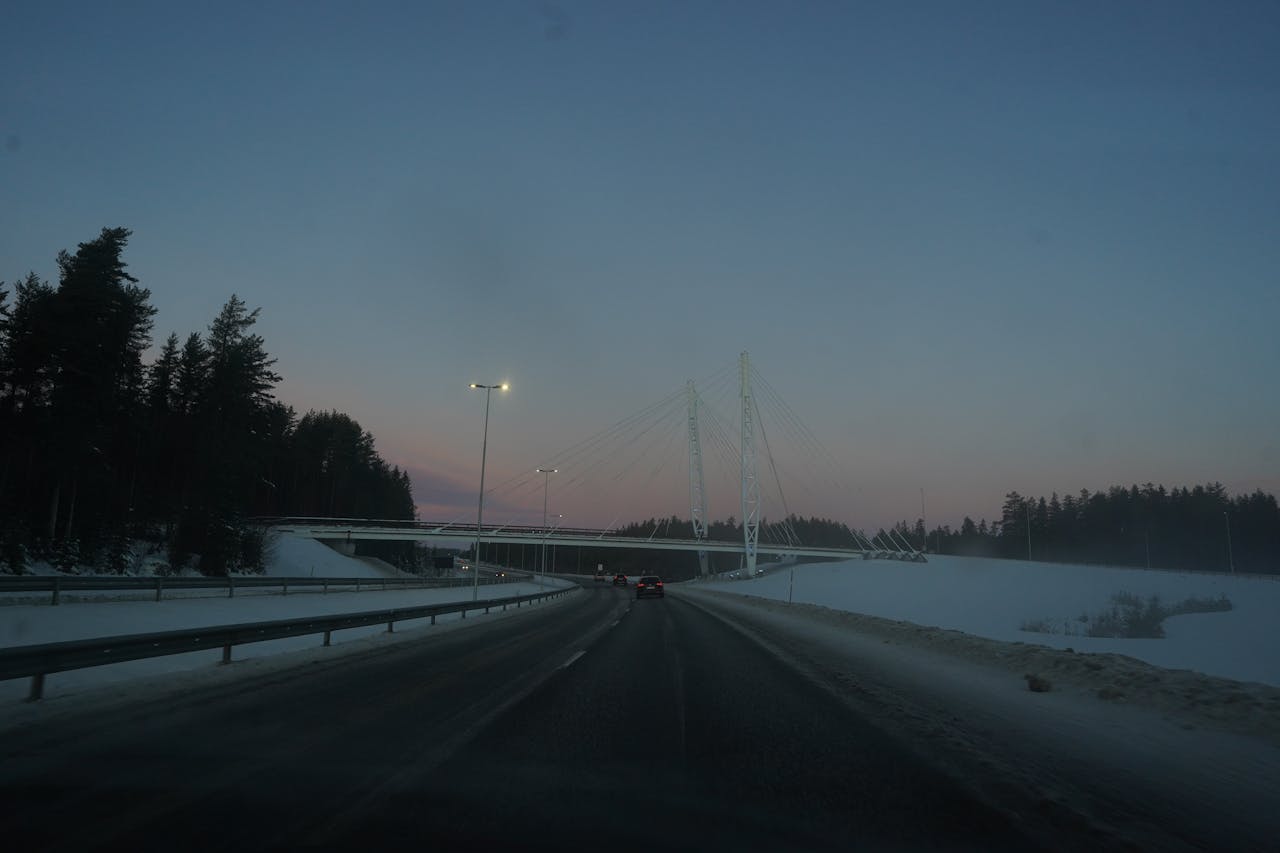Introduction
Winter travel offers unique experiences and breathtaking landscapes, but cold weather conditions require careful preparation and safety awareness. Whether you're planning a ski trip, winter hiking adventure, or exploring snowy destinations, understanding how to protect yourself from harsh weather conditions is essential for a safe and enjoyable journey.
Weather Awareness and Health Precautions
Understanding Winter Weather Risks
Winter outdoor travel commonly features low temperatures, high humidity, elevated air pressure, and strong winds. Research indicates that sudden temperature drops or exposure to extremely cold environments can trigger cardiovascular and cerebrovascular issues.
Key Health Considerations:
- Temperature drops from above to below freezing significantly increase cold-related illnesses
- Travelers from warmer climates face higher risks of short-term respiratory infections
- Cold, dry climates may trigger chronic bronchitis flare-ups
- Young adults and elderly travelers require extra precautions
Who Should Avoid Winter Travel
Individuals with pre-existing health conditions should carefully consider winter travel risks:
- Coronary heart disease patients
- Those with arteriosclerosis
- People with hypertension
- Chronic bronchitis sufferers
Weather Conditions to Avoid:
- High wind conditions
- Dense fog
- Heavy snowfall
- Extreme cold snaps
Essential Winter Clothing and Layering Strategies
Outer Layer Protection
Your outermost clothing layer serves as your primary defense against harsh winter elements:
Recommended Materials:
- Tweed fabrics for wind resistance
- Fur-lined garments for maximum warmth
- Leather jackets for durability and protection
- Down jackets – the gold standard for winter travel warmth
Preventing Frostbite
Minimize exposed skin areas and focus on vulnerable body parts:
- Hands and fingers
- Feet and toes
- Face and ears
- Neck area
Prevention Techniques:
- Regular movement and massage of exposed areas
- Proper glove and hat selection
- Frequent warming breaks
- Quality insulated footwear
Nutrition and Hydration for Cold Weather Travel
Increased Caloric Needs
Cold weather significantly increases your body's metabolic demands. Travelers from warmer climates visiting colder regions need substantial nutritional support.
Essential Nutrients:
- Proteins for muscle maintenance and warmth
- Carbohydrates for quick energy
- Healthy fats for sustained warmth
- Vitamins and minerals for immune support
Recommended Food Sources
High-Energy Foods:
- Lean meats for protein and iron
- Fresh eggs for complete proteins
- Fish for omega-3 fatty acids and warmth
- Soy products for plant-based proteins
- Animal liver for vitamin B12 and iron
Alcohol and Warmth: Debunking the Myth
Important Safety Note: Alcohol does not provide genuine warmth and can be dangerous in cold conditions:
- Alcohol cannot generate body heat
- Creates false sensation of warmth
- Increases surface blood circulation while reducing core body temperature
- Can impair judgment in emergency situations
Medical Preparations and Emergency Supplies
Essential Medications
Cold and Flu Prevention:
- Antelope cold tablets or similar portable medications
- General cold and flu remedies
- Throat lozenges for dry air conditions
For Travelers from Humid Climates:
- Heat-clearing medications for adjustment to dry northern climates
- Moisturizing treatments for skin and respiratory comfort
- Electrolyte supplements for hydration balance
Snow Activities and Safety Preparations
Proper Footwear Selection
Snow and ice create hazardous walking conditions requiring specialized footwear:
Recommended Options:
- Rubber-soled snow boots with deep treads
- Non-slip cotton shoes with proper insulation
- Athletic shoes with winter-specific soles
Avoid:
- Leather dress shoes
- Smooth plastic soles
- Inadequately insulated footwear
Eye Protection and Snow Blindness Prevention
Snow's high reflectivity creates serious eye hazards:
- Sunglasses with UV protection are mandatory
- Polarized lenses reduce glare effectively
- Side shields provide additional protection
Snow Blindness Treatment:
- Immediately seek dark environment
- Cover eyes with clean cloth
- Apply cold, wet compress to forehead
- Avoid additional light exposure
- Allow gradual recovery time
- Seek medical attention if symptoms persist
Winter Sports Safety Guidelines
Skiing Preparation and Safety
Winter sports, particularly skiing, require comprehensive preparation due to their high-speed, high-skill nature.
Pre-Activity Preparation:
- Choose ski resorts with complete safety facilities
- Ensure proper personal protective equipment
- Learn basic medical knowledge and first aid
- Understand injury treatment protocols
- Know fracture stabilization techniques
Emergency Response:
- Never attempt to move injured persons
- Contact ski patrol immediately
- Provide accurate location information
- Stay with injured person until help arrives
- Keep injured person warm and calm
Beginner Safety Recommendations
For First-Time Winter Sports Participants:
- Select facilities with comprehensive safety programs
- Invest in quality protective equipment
- Take lessons from certified instructors
- Start with beginner-appropriate terrain
- Never attempt activities beyond skill level
Conclusion: Your Winter Travel Safety Checklist
Successful winter travel requires thorough preparation, appropriate gear, and constant awareness of weather conditions and personal limitations. By following these comprehensive safety guidelines, you can enjoy winter destinations while minimizing risks and maximizing your cold-weather adventure experience.
Remember: preparation is your best defense against winter weather challenges. Invest in quality gear, understand your limitations, and prioritize safety over adventure when conditions become dangerous.
Final Safety Reminder: Always inform others of your travel plans, carry emergency communication devices, and be prepared to modify or cancel activities based on weather conditions.



